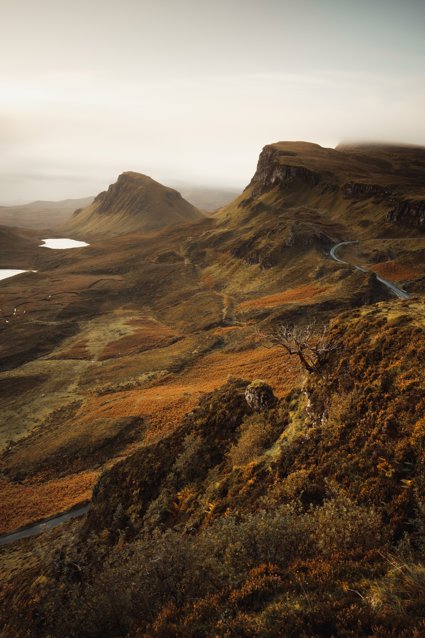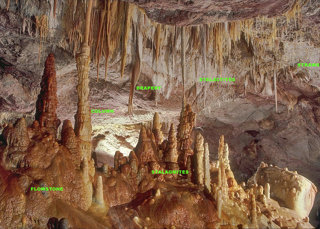
Save our caves
This lesson looks at how cave formations result from the precipitation of soluble minerals over long periods of time and that caves are fragile environments
Key questions
How do speleothems (cave formations) form?
Why do caves need conservation?
How do speleothems (cave formations) form?
The vertical cavern, named Titan, measures a vertical drop of approximately 140m from top of the main shaft, some 60m higher than the previous record at Gaping Ghyll in the Yorkshire Dales. Water has passed down joints and along bedding planes for thousands, possibly millions of year dissolving the limestone as it flowed generating tunnels and caverns beneath the surface.
Why do caves need conservation?
Not only are caves a unique ecosystem they are also major tourist attractions leading to conflict between humans and the environment. With their own microclimate and ecology which is closely linked to the availability of light caves their environment has been threatened as they have been opened up to day trippers and cavers. In natural caves as the availability of light decreases so too does the number of species, the biodiversity. The introduction of artificial light can encourage the growth of green algae and this alters the food chain. Passages may be straightened or widened to allow access or entrances blocked by doors to secure sites, all changing the airflow and humidity and subsequently the environment and the ecosystem.
Links
Starter
View the Molino Caves QTVR. You may need to download a QuickTime plugin.
Discuss how the various features might have formed.
-
By erosion?
-
By deposition?
-
How long did they take to form?
-
What are they made of?
Look at this image of Speleothems (cave formations).

Read this article about Speleothems from Wikipedia.
Draw an outline sketch of the formations and label them.
Main Activity
Examine these images of vandalised caves.
Discuss the reasons why caves are fragile environments?
Just as it take thousands of years for the environment to form it is an environment that recovers extremely slowly from the damage it undergoes, so slowly (thousands of years) that we can consider, from a human life point of view, the damage as being permanent.
Create a Cave conservation code and compare with a real cave conservation code from the British Caving Association.
Plenary
This is soup made from a bird’s home. Homemade soup – literally.

Bird's nest soup is a delicacy in Chinese cuisine. A few species of swift, particularly cave swifts, build the nests used to produce the texture of the soup. These edible bird's nests are some of the most expensive animal products consumed by humans.
This is a picture of birds nests for sale (note the price – one kilo sells for almost £1,000) and read the recipe.
Read an excerpt from an article referring to bird nest collecting in Asia.
Read and discuss the San Francisco Chronicle article Deadly delicacy.